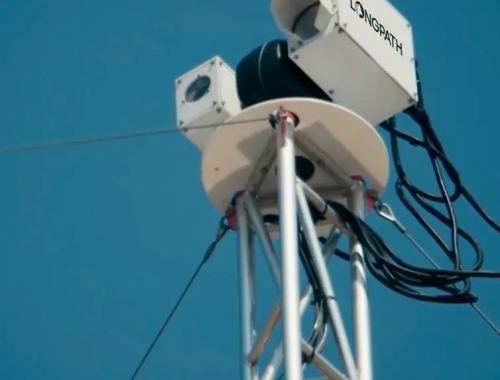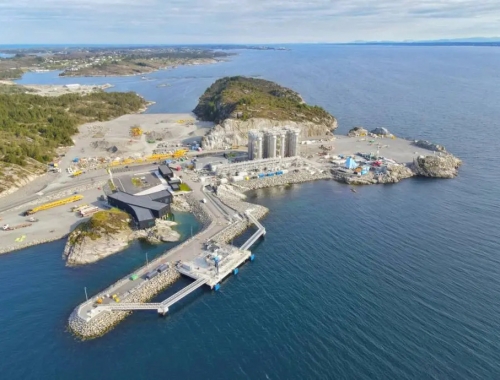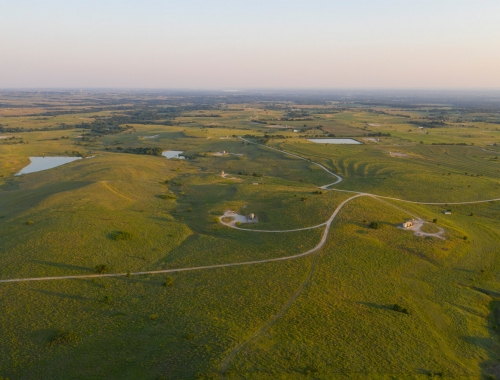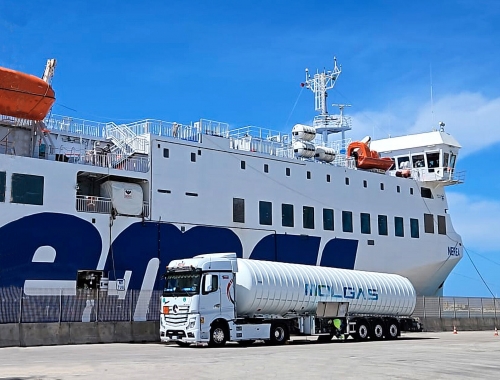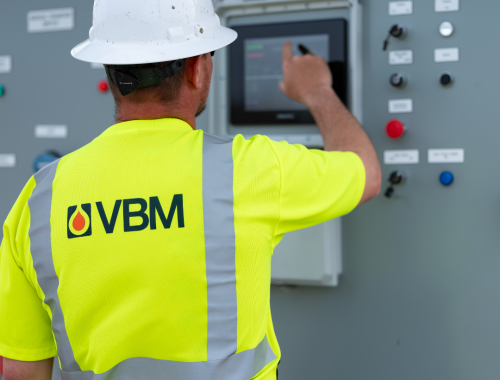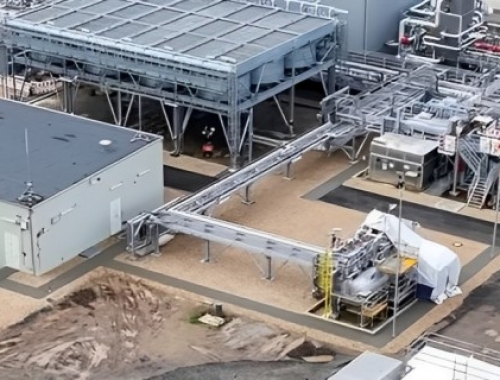How digital twins are driving sustainability improvements in the oil and gas sector
SUMMARY
Digital twins offer companies the opportunity to have a real-time view of operations and equipment. The ability to monitor equipment’s performance and health provides efficiency gains.
By Mike WeberPOSTED IN:
Oil and gas companies around the world are setting ambitious decarbonisation targets as they step on the accelerator to slash emissions. Indeed, the sector is facing its biggest challenge to date as it looks to play a key role in solving the climate conundrum. Given the enormity of the challenge ahead, industry players will need to use all tools at their disposal.
The good news is that the Fourth Industrial Revolution has spawned a plethora of technological advances from increased interconnectivity to smart automation that are already helping oil and gas companies both big and small make major strides in their sustainability journey.
Digital twin technology
One climate tech innovation that has already proved to be a game changer for the oil and gas sector has been digital twin technology. As an asset and operations-intensive industry, monitoring, maintaining, and managing equipment, infrastructure and processes is paramount for oil and gas companies.
Digital twins offer companies the opportunity to have a real-time view of operations and equipment. The ability to monitor equipment’s performance and health provides efficiency gains.
Since a digital twin is effectively a replica of a physical asset, oil and gas companies can model processes and improve operational efficiency. Similarly, by identifying equipment issues before a failure, leaks can be prevented and downtime avoided. With real-time data available, predictive maintenance becomes a possibility, which can help avoid alarming situations. Ultimately, in the short-term all these factors contribute to greater resource efficiency allowing oil majors to optimise use of energy, water and feedstock in their assets.
Taking a more long-term outlook, use of digital twins can allow companies to make fundamental changes to their processes, the technology they use, and integrate new low-carbon energy sources while also identifying opportunities for better use of the circular economy. Utilisation of digital twins as part of an overall strategy of digitalization provides sustainability experts with the data, insights, and analysis they need to develop a more informed sustainability process for all physical assets.
Giving employees the tools they need to drive efficiency gains and resource savings is a central component to meeting sustainability goals. Oil majors have already realised this and have developed sophisticated digital twins that give their employees a licence to innovate and make breakthroughs that deliver measurable impact. For instance, BP’s digital twin APEX leverages an integrated asset data model and utilises advanced analytics algorithms which now allow system optimisations to be completed in 20 minutes, compared to 24-30 hours of engineering time in the past.
Shell, too, has capitalised on the use of digital twins at its Pernis refinery in Rotterdam. Its strategy of digitalization sees the plant collect data through 50,000 sensors. It then uses artificial intelligence to predict failures in control valves and prevent unplanned downtime as well as avoid using unnecessary energy and resources on repairs.
Indian refiner Bharat Petroleum has also built its own digital twin, developing an emission model for its Kochi refinery, which assists with monitoring transparency and compliance of dynamic emission rules. Additionally, the Digital Twin Emission Model helped employees select an improved fuel mix reducing emissions. Meanwhile for ESG reporting, digital dashboards allowed for better visibility of sustainability metrics for easy charting and improved transparency to stakeholders.
Indeed, many companies are developing innovation strategies to redesign processes and products to eliminate waste and emissions. In addition, the high energy intensity of some industrial processes is forcing a transition toward alternative energies, and investment in new technologies and renewable feedstocks. These shifts are driving a fundamental rethinking of current business models as well as the tools and capabilities required to meet new objectives for success.
Building a digital twin
The race to decarbonise will require all oil and gas companies to adapt to a new future and embrace technology. To build a digital twin for their plant’s operations, companies will need to throw their full support behind a digitalisation strategy. That means companies must accumulate description tags and data, such as the layout, geometry, connectivity of key components, and process data.
Data information sharing will be needed across departments to examine effectively asset and operations lifecycles from the perspective of engineering, procurement, construction, and operations. Once these processes are in place, companies can then begin monitoring performance operations in real-time. This data can then be analysed to model process behaviours and optimise efficiency of assets.
Last year more than $50bn of venture capital funding was poured into climate tech and undoubtedly major innovations to aid decarbonisation are on the cusp. However, the oil and gas sector already has game changing technology right in front of it in the form of digital twins. Without question, making a digital twin of a complex physical asset like an oil plant will require some heavy lifting and capital investment but it is an investment that will surely pay dividends as we speed towards decarbonising the industry.


